Government Initiatives and Stockpiling
Government initiatives aimed at stockpiling potassium iodide for emergency preparedness are crucial drivers for the Potassium Iodide Market. In many regions, authorities are actively promoting the distribution of potassium iodide tablets to residents living near nuclear power plants. This proactive approach is designed to ensure public safety in the event of a nuclear accident. Recent reports indicate that several countries have implemented stockpiling programs, which have led to a marked increase in potassium iodide sales. The market is expected to witness a surge in demand as governments continue to prioritize public health and safety measures. This trend not only supports the market's growth but also reinforces the importance of potassium iodide as a critical component of emergency response strategies.
Expansion of Pharmaceutical Applications
The expansion of pharmaceutical applications for potassium iodide is another significant driver for the Potassium Iodide Market. This compound is utilized in various medical treatments, including those for thyroid disorders and as an expectorant in cough syrups. The increasing prevalence of thyroid-related health issues, such as hypothyroidism and goiter, is likely to bolster the demand for potassium iodide in therapeutic formulations. Market data suggests that the pharmaceutical segment accounts for a substantial share of the overall potassium iodide market, with a projected growth rate of around 4% annually. This growth is attributed to the rising incidence of thyroid diseases and the ongoing research into new therapeutic uses for potassium iodide, thereby enhancing its market presence.
Technological Advancements in Production
Technological advancements in the production of potassium iodide are likely to influence the Potassium Iodide Market positively. Innovations in manufacturing processes can lead to more efficient production methods, reducing costs and improving product quality. Enhanced production techniques may also facilitate the development of new formulations and applications for potassium iodide, expanding its market reach. Recent developments in chemical synthesis and purification methods have shown promise in increasing yield and reducing impurities, which could enhance the overall market appeal of potassium iodide. As manufacturers adopt these advanced technologies, the market is expected to benefit from increased supply and potentially lower prices, making potassium iodide more accessible to various industries and consumers.
Rising Interest in Nutritional Supplements
The rising interest in nutritional supplements containing potassium iodide is emerging as a notable driver for the Potassium Iodide Market. As consumers become more health-conscious, there is a growing trend towards dietary supplements that support thyroid health and overall well-being. Potassium iodide is recognized for its role in maintaining adequate iodine levels, which are essential for proper thyroid function. Market analysis indicates that the dietary supplement segment is experiencing a growth rate of approximately 6% per year, driven by increasing consumer awareness and demand for natural health products. This trend suggests a promising future for potassium iodide in the nutritional supplement market, as more individuals seek to enhance their health through informed dietary choices.
Increasing Awareness of Radiation Protection
The rising awareness regarding the importance of radiation protection is a pivotal driver for the Potassium Iodide Market. As individuals become more informed about the potential health risks associated with radiation exposure, particularly from nuclear incidents, the demand for potassium iodide as a protective agent is likely to increase. This compound is known to block the uptake of radioactive iodine by the thyroid gland, thereby reducing the risk of thyroid cancer. According to recent estimates, the market for potassium iodide in radiation protection applications is projected to grow at a compound annual growth rate of approximately 5% over the next few years. This trend indicates a robust market potential, as governments and health organizations emphasize the need for preparedness in the event of nuclear emergencies.


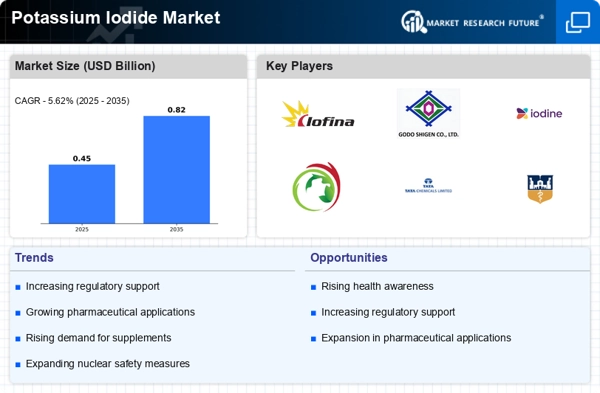

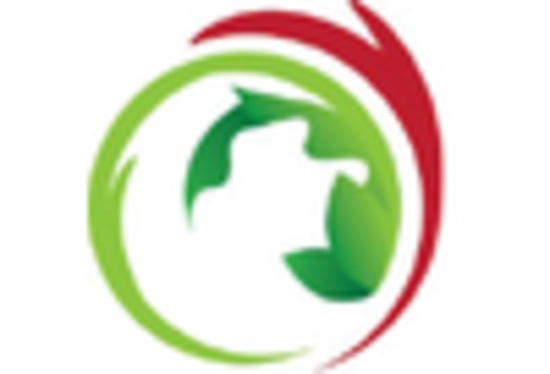
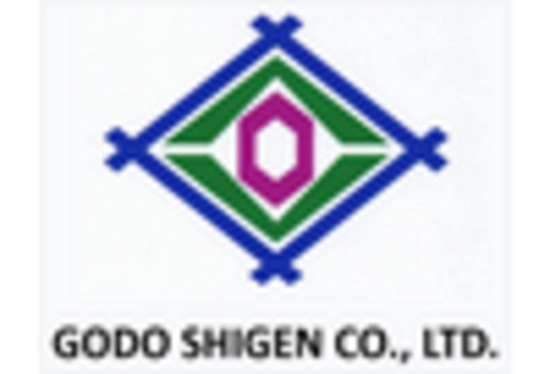
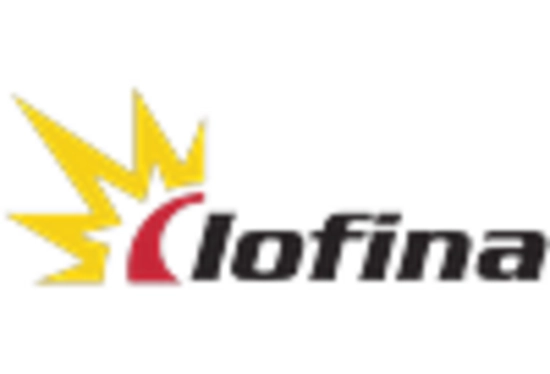
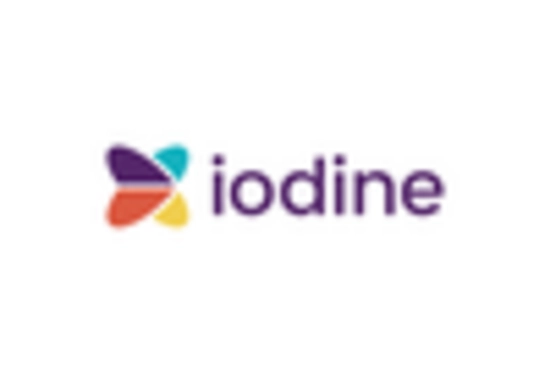

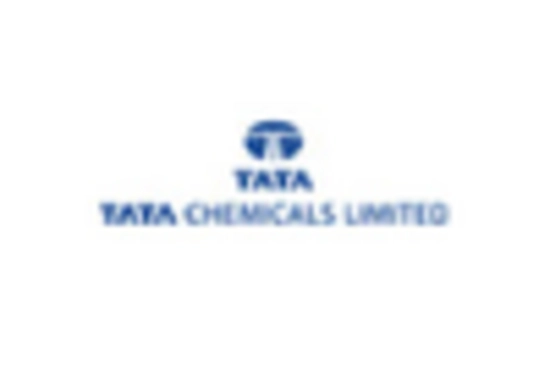








Leave a Comment